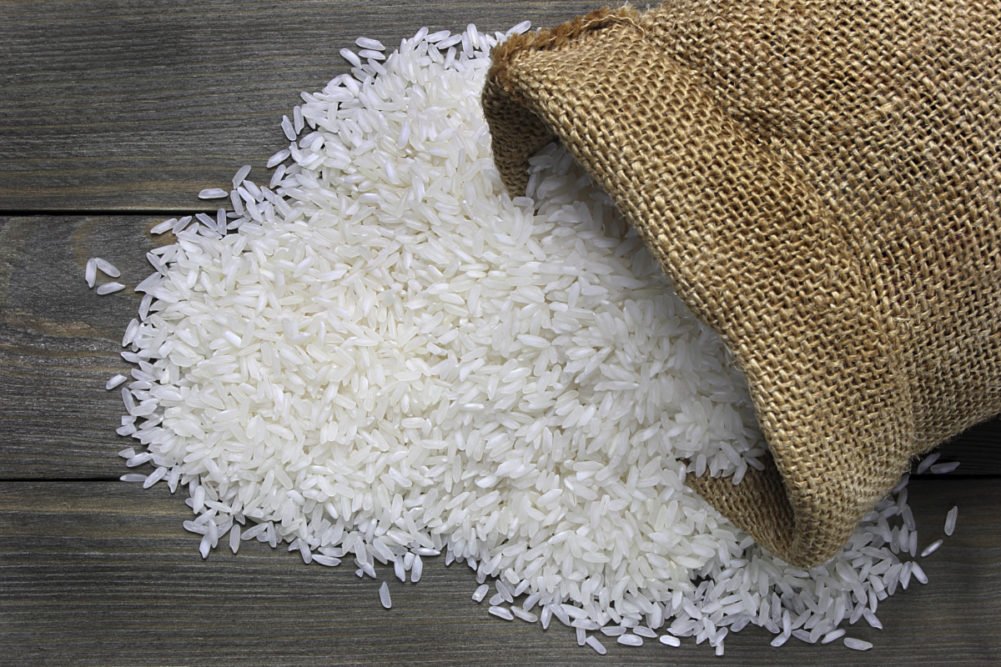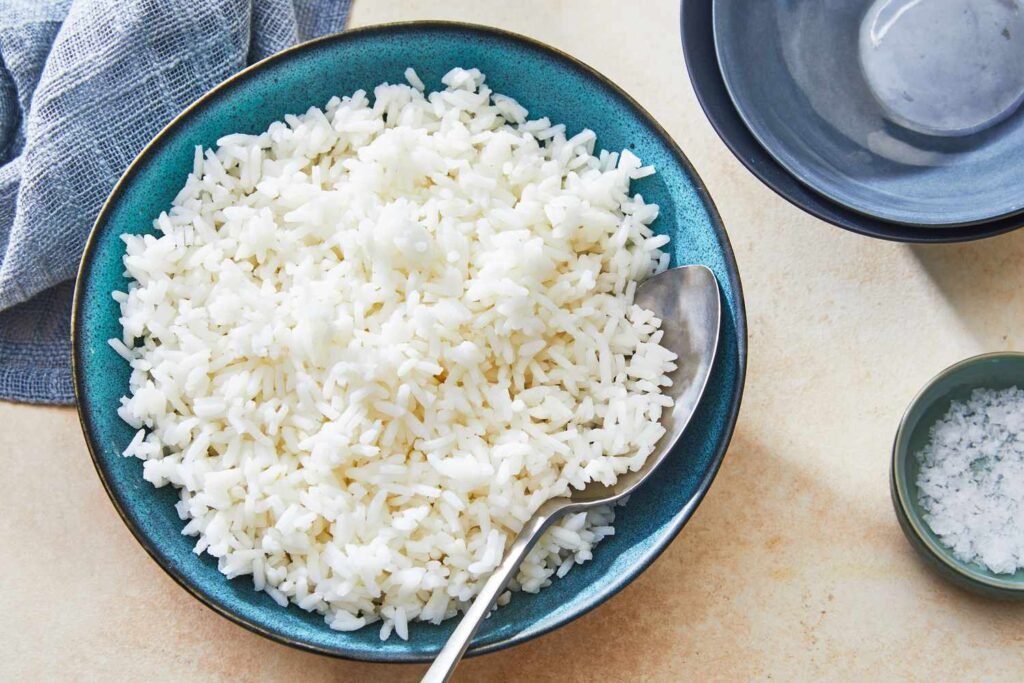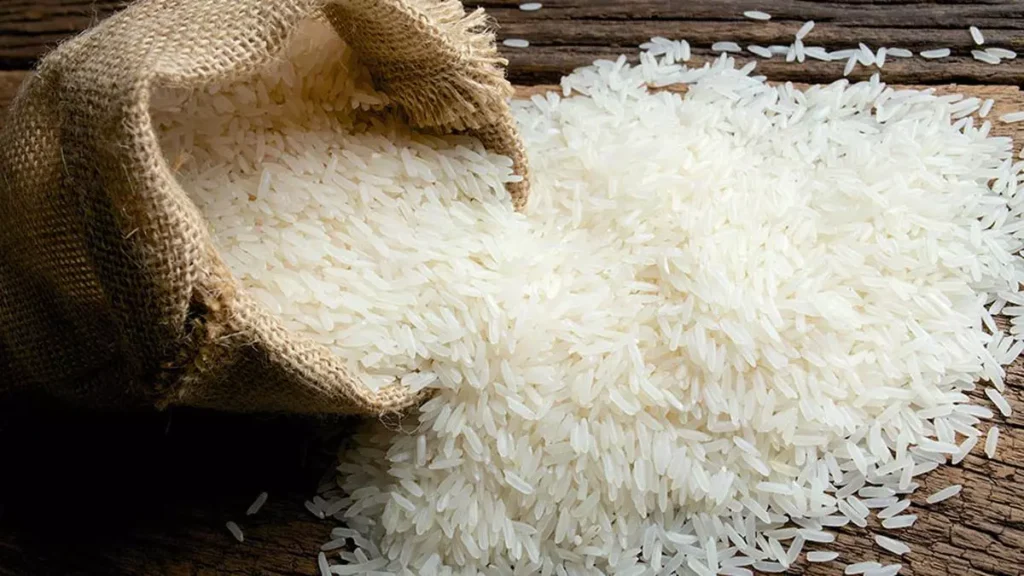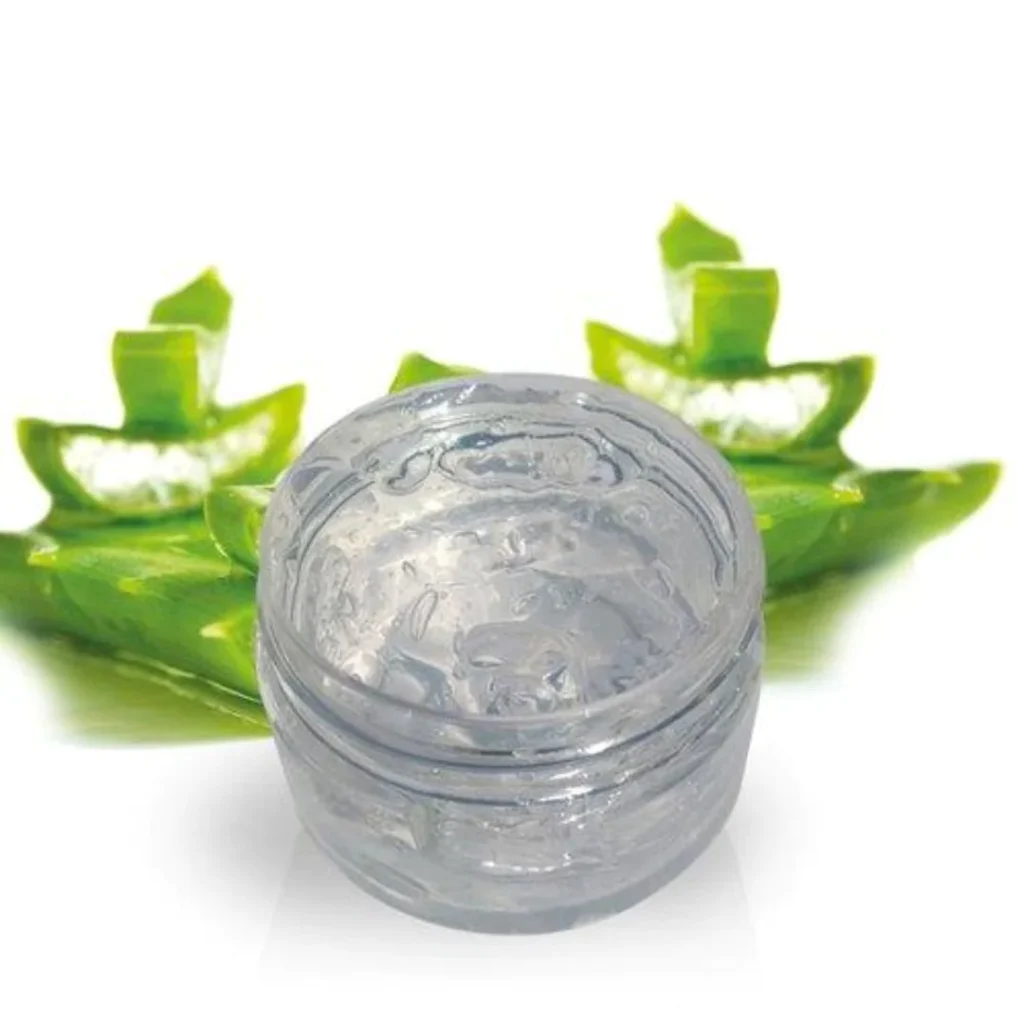
Rice is one of the world’s most significant staple foods, particularly in Asia, where it provides a key source of nutrition for billions of people. This is an overview:
1. Cultural and Historical Significance: It has been grown for thousands of years and contributes significantly to many countries’ cultural legacy. It is firmly established in cultures, ceremonies, and cuisines all throughout the world.
2. Dietary Staple: It is a staple food for almost half of the world’s population, accounting for a major share of billions of people’s daily caloric intake. It is the principal source of carbohydrates in many diets, providing energy for everyday activities.
3. Nutritional Profile: It is primarily a source of carbs, but it also contains tiny amounts of protein and different vitamins and minerals. Brown rice, in particular, is regarded as more nutritious than white rice because it preserves the outer bran layer, which is high in fiber, vitamins, and minerals.

Rice:
4. Varieties:There are thousands of different types , each with its own distinct properties, flavors, and applications. Long-grain, medium-grain, and short-grain are some of the most prevalent kinds, and each is ideal for a distinct culinary application.
5. Global Production and Trade: It is one of the world’s most frequently farmed commodities, with production taking place in many nations spanning Asia, Africa, the Americas, and Europe. China, India, Indonesia, Bangladesh, and Vietnam are among the world’s largest rice producers. It is also a key product in international trade, with vast quantities exported and imported each year.
6. Culinary Applications: It is quite adaptable and may be used in a wide range of recipes, such as main courses, side dishes, desserts, and beverages. It forms the cornerstone for many traditional recipes, such as risotto, paella, sushi, biryani, and stir-fries.
7. Economic and Social Importance: In addition to its nutritional richness and culinary flexibility, it is essential to the economic and social fabric of many countries. Millions of farmers and agricultural laborers rely on it for a living, and producing regions’ economies benefit greatly.
Overall, It is more than simply a fundamental food necessity; it represents subsistence, culture, and community for billions of people around the world. Its variety, nutritional worth, and economic significance make it a critical component of world food systems

It has been a staple ingredient in Asian skincare for centuries, valued for its various potential benefits. Here’s a breakdown of how it is used in skincare:
Forms Used:
- Rice water: The water obtained after soaking or cooking it is a popular DIY skincare ingredient. It’s believed to be rich in vitamins, minerals, and antioxidants.
- Rice bran oil: Extracted from the outer layer of it’s kernels, this oil is rich in fatty acids and antioxidants.
- Rice flour: Finely ground rice is used in some skincare products as an exfoliant or absorbent agent.
- Fermented rice extracts: Fermented rice products, like sake lees extract, are used in some skincare for their potential anti-aging and brightening properties.
Potential Benefits:
- Soothing and calming: It’s water is considered a gentle and soothing ingredient, potentially benefiting sensitive skin.
- Moisturizing: It’s bran oil contains fatty acids that can help hydrate and nourish the skin.
- Brightening: Some studies suggest that it’s water or fermented it’s extracts may help even skin tone and reduce hyperpigmentation.
- Antioxidant properties: It’s bran oil and fermented it’s extracts contain antioxidants that may help protect the skin from free radical damage.
However, it’s important to note:
- Limited scientific evidence: While anecdotal evidence exists for rice’s benefits, rigorous scientific studies are still needed to confirm its efficacy for various skin concerns.
- Potential for irritation: It’s water, especially if not prepared correctly, or rice flour used in scrubs, may irritate some skin types.
- Consult a dermatologist: If you have any skin concerns, it’s crucial to consult a dermatologist for personalized advice and treatment options.
Overall, while it has been traditionally used in skincare and may offer some potential benefits based on anecdotal evidence, scientific research is still ongoing. Consulting a dermatologist is essential for discussing the suitability of rice-based products for your individual skin needs



